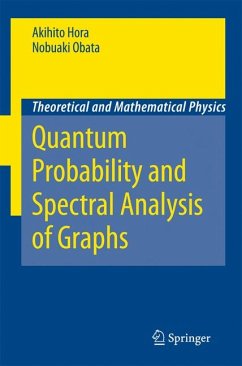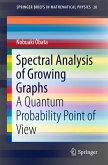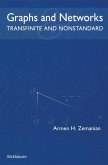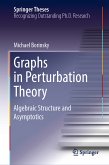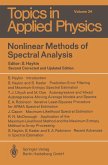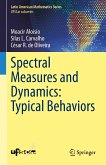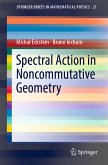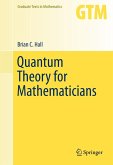This is the first book to comprehensively cover the quantum probabilistic approach to spectral analysis of graphs. This approach has been developed by the authors and has become an interesting research area in applied mathematics and physics. The book can be used as a concise introduction to quantum probability from an algebraic aspect. Here readers will learn several powerful methods and techniques of wide applicability, which have been recently developed under the name of quantum probability. The exercises at the end of each chapter help to deepen understanding.
Among the topics discussed along the way are: quantum probability and orthogonal polynomials; asymptotic spectral theory (quantum central limit theorems) for adjacency matrices; the method of quantum decomposition; notions of independence and structure of graphs; and asymptotic representation theory of the symmetric groups.
Dieser Download kann aus rechtlichen Gründen nur mit Rechnungsadresse in A, B, BG, CY, CZ, D, DK, EW, E, FIN, F, GR, HR, H, IRL, I, LT, L, LR, M, NL, PL, P, R, S, SLO, SK ausgeliefert werden.

